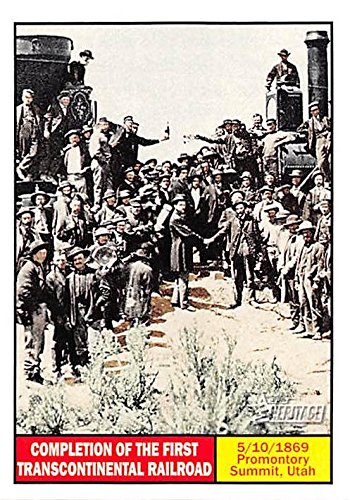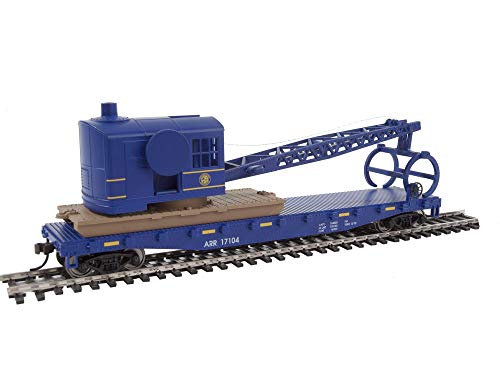jis
Permanent Way Inspector
Staff member
Administator
Moderator
AU Supporting Member
Gathering Team Member
In normal operation no consist is really stabled on the through tracks in NYP. They all pull out to Sunnyside if they are not just turned around and sent on return service. That is also the case on the stub end tracks. The entire argument is whether that can be done in six minutes or not as far as I can tell. That is the whole argument about how to allegedly get increased throughput.There are two issues that thru-running is intended to address - the first is simply platform space within Penn Station. Having a place outside of the station itself to store trains instead of needing to use station tracks for train storage and having a way to get those trains to those storage locations (be it Sunnyside or any other yard) will significantly address that issue, even if none of the railroads/agencies who provide service to Penn Station ever agree on a common piece of equipment that's usable on everyone's system.
Agreed, this is a separate issue, and it really is a nice to have thing but not essential, since anyone can change trains and complete their journey from one side to the other.The second issue thru-running potentially solves is transport of people from one part of the overall region to a different one. That does require common equipment standards. However, that's also separate from the first issue.
How does the statement about MU cars become inaccurate because a push pull train operated? They were not MU cars, so you claim is fallacious. Of course any train of unpowered cars pulled by an electric locomotive can operate on the NEC line. But that is not what the statement about MU cars was about. Similarly a train of unpowered cars powered by a dual mode ALP45DP could operate almost anywhere provided the PTC system used is compatible with what the locomotive has. There may be a problem operating them on LIRR unless the ATC code incompatibility issue has been fixed.I don't think the statement "Neither railroad has a single MU car or locomotive that can operate on each other's system and none are planned." is accurate, though - the fact that MNCR and NJT were able to (even on a limited basis) run through trains from Connecticut to the Meadowlands indicates that there's at least some equipment that is capable of running on both systems.
I think a single pair of lines run through between NJT and LIRR could be run without much additional work and equipment acquisition. It could be a simple overlay of half hourly service over a short segment on both sides, just as a random example Rahway to Jamaica where there are facilities to turn a train without interfering too much with the flow of the rest of the traffic, of course using a push-pull set using dual mode ALP45-DP and see how that goes, before starting to tear up NYP in a $10 Billion reconstruction project, which IMHO in any case should not be started until most major SOGR work is funded and completed on the NEC as currently defined by the NEC Commission.
Even where there is run through, usually all trains do not run through. Many trains terminate at terminals on both sides of the CBD. In Paris even though RER-B runs through does not mean significant Banlieu service does not terminate in Gare du Nord. Likewise RER-C and Austerlitz and Montparnasse, and RER-D at Gare du Nord and Gare de Leon. etc. In London, just because there is Thameslink, does not mean suburban trains in large numbers do not terminate at London Bridge and Kings Cross. Or for that matter even after the completion of the Elizabeth Line significant number of Suburban Service still terminate at Paddington and Liverpool Street. So this run through is not a cut and dried either all of it or none of it thing either.
Last edited:
























































